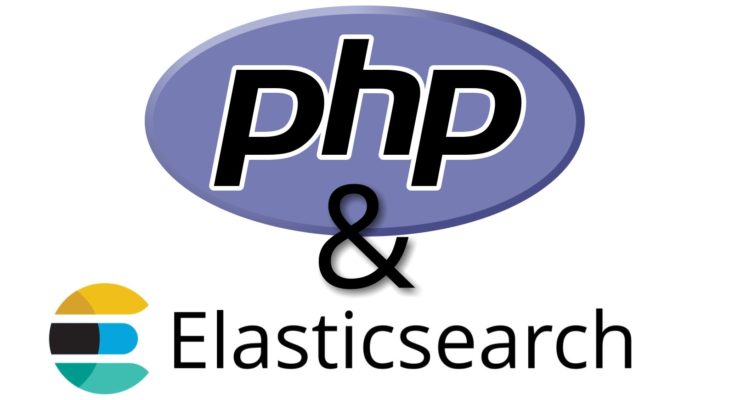Elasticsearch is a RESTful search and analytics engine capable to perform super fast full-text and other complex searches. In PHP REST API we easily create requests for creating, deleting, updating and retrieving of data. Elasticsearch is developed in Java.
Installing Elasticsearch
To install Elasticsearch we first need to install Java.
sudo add-apt-repository ppa:webupd8team/java
sudo apt-get updateAfter That, we can install Java.
sudo apt-get install oracle-java8-installer
Now, download Elasticsearch using wget and manually download from official website click.
wget https://artifacts.elastic.co/downloads/elasticsearch/elasticsearch-7.10.1-linux-x86_64.tar.gzAfter That, Extract and Install.
mkdir elasticsearch
tar -xf elasticsearch-7.10.1-linux-x86_64.tar.gz -C es
cd elasticsearchStart Elasticsearch using this command.
./bin/elasticsearchNow we access Elasticsearch in browser using this url – http://localhost:9200 and we get this response:
{
"status" : 200,
"name" : "Jhon Doe",
"cluster_name" : "elasticsearch",
"version" : {
"number" : "7.10.1",
"build_hash" : "67ff9868b4c8a0c45864fhkd259e2dsfsdfd43",
"build_timestamp" : "2021-01-04T09:21:06Z",
"build_snapshot" : false,
"lucene_version" : "4.10.4"
},
"tagline" : "You Know, for Search"
}Install PHP Client Library Using Composer:
Now we Install the PHP client library from official Github repository. You can download with composer.
1. Create a composer.json file in your project directory with below code.
{
"require": {
"elasticsearch/elasticsearch": "^7.0"
}
}2. Download and install Composer:
curl -s http://getcomposer.org/installer | php3. Install your dependencies:
php composer.phar installConnect PHP Client to Elasticsearch
Now create a new PHP file for the code that will interface with the Elasticsearch cluster. In elasticsearch, almost everything is configured by associative arrays. Include the autoloader in your file.
<?php
use Elasticsearch\ClientBuilder;
require 'vendor/autoload.php';
$client = ClientBuilder::create()->build();Next step to make connection with Elasticsearch Host, with Host, user and password,
$hosts = [
'host' => 'example.com',
'port' => '9200',
'scheme' => 'https',
'user' => 'username',
'pass' => 'password'
];
$client = ElasticsearchClientBuilder::create()
->setHosts($hosts)
->build();Index a document
To index a document on Elasticsearch create associative arrays of key:value pairs with index, id and body parameters.
$params = [
'index' => 'test_index',
'id' => '123abcd',
'body' => ['testField' => 'xyz']
];
$response = $client->index($params);
print_r($response);After Successfully index document you get this response.
Array
(
[_index] => test_index
[_type] => _doc
[_id] => 123abcd
[_version] => 1
[created] => 1
)Get a document
Let’s get the document that we just indexed.
$params = [
'index' => 'test_index',
'id' => '123abcd'
];
$response = $client->get($params);
print_r($response);The response contains document metadata.
Array
(
[_index] => test_index
[_type] => _doc
[_id] => 123abcd
[_version] => 1
[found] => 1
[_source] => Array
(
[testField] => xyz
)
)Delete a document
$params = [
'index' => 'test_index',
'id' => '123abcd'
];
$response = $client->delete($params);
print_r($response);Array
(
[found] => 1
[_index] => test_index
[_type] => _doc
[_id] => 123abcd
[_version] => 2
)



